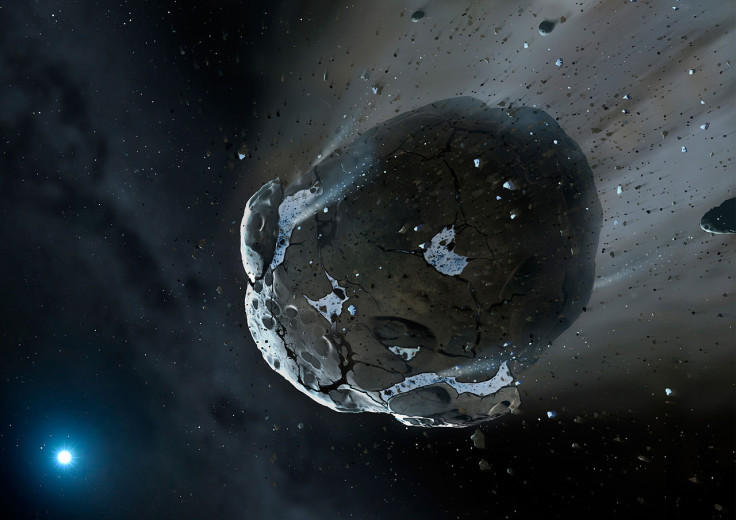2003 SD220: Asteroid to flyby Earth on Christmas Eve in first of five encounters

An asteroid will flyby Earth on Christmas Eve and should be visible with a telescope so long as skies are clear. The 2003 SD220 asteroid was discovered in 2003 and its 24 December appearance will be the first of five encounters with our planet over the next 12 years.
Very little is currently known about the asteroid, other than it is travelling at around five miles per second and has an absolute magnitude of around 16.9. Initially scientists had thought it measured around 1.3km in diameter, but now Nasa has said it is more likely to be 0.7km.
This suggests it measures around 1.3km in diameter. The Christmas Eve flyby is nothing to be concerned about – it will pass Earth at a distance of around 0.073 au (6.7 million miles) – in comparison the moon sits 238,900 miles from the planet.
Nevertheless, it is on Nasa's list of Near-Earth Object Human Space Flight Accessible (NHATS) Targets programme, meaning observations of it are important. "The 2015 apparition is the first of five encounters by this object in the next 12 years when it will be close enough for a radar detection.
"By obtaining radar ranging measurements at each observing opportunity, it may be possible to detect non-gravitational perturbations due to the Yarkovsky effect. If so, then we can obtain an estimate of the object's mass, information that is invaluable for understanding the object's bulk density and internal structure."
The December encounter will be close enough for ranging and some imaging but also serves as an "important preview" for the 2018 flyby, which will be much closer. At this time, the asteroid will come within 0.019 au (1.7 million miles) from Earth – so still not close enough to pose a threat but far nearer than most asteroids. It will then visit again three years later in 2021.
© Copyright IBTimes 2025. All rights reserved.






















